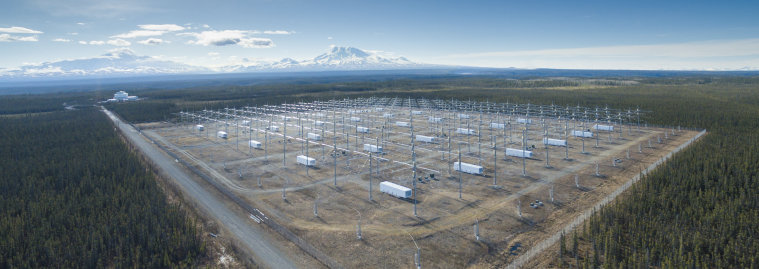Many thanks to SWLing Post contributor, Mike Hansgen, who shares the following article by Paul Litwinovich at WSHU:
In this article I’ll look at two things that, unless you are a serious ham operator or an absolute radio geek, you probably are unfamiliar with.
First, we will take a look at a very rare phenomenon first noted by radio listeners back in 1933. It generated several theories, but the correct one was only verified experimentally in recent times.
Second, we will look at a government-funded project that, while built for other purposes, was used to confirm the phenomenon 75 years later.
The Luxembourg Effect was first documented by electrical engineer and professor Bernard Tellegen. The professor is also credited with the invention of the tetrode vacuum tube. My past article, A Radio for the Roaring Twenties, features one of the first radios to use the tube.
One night, Mr. Tellegen was in the Netherlands, listening to a station transmitting from Beromunster, Switzerland, on 652 kHz. In the background of the Swiss signal, he could hear the audio of Radio Luxembourg, which normally broadcast on 252 kHz. He was far enough away from each station that neither station’s signal would have been strong enough to overload his receiver. The two signals seemed to be mixing somehow, but by what means?[…]


The Luxembourg Effect was comparatively well understood compared to the mystery of Long-Delayed Echos. These echoes were observed with a time delay of up to eight seconds or more.
I have read some theories over the years, but nothing conclusive.